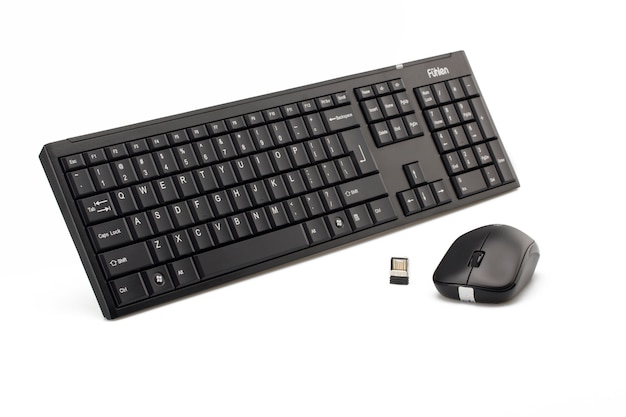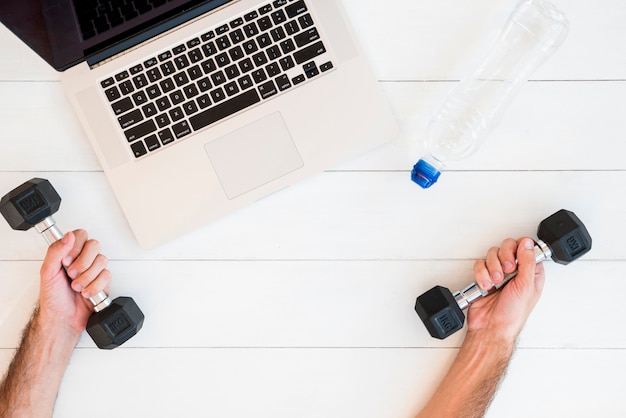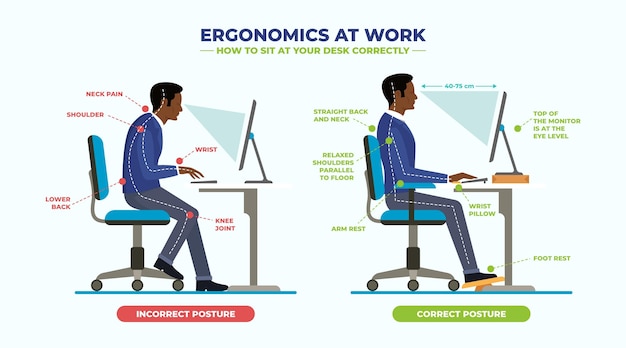Spending hours at a desk doesn’t have to mean stiff necks, sore backs, or joint pain. With the right posture and ergonomic setup, you can protect your body, boost energy, and work more comfortably—without drastic changes. This beginner-friendly guide walks you through practical tips, weekly goals, and essential safety reminders tailored for desk workers.
Poor posture and improper workspace setup are leading causes of musculoskeletal strain, especially among office workers. Over time, slouching or awkward positioning can lead to chronic joint stress, reduced circulation, and even nerve compression. The good news? Small, consistent adjustments can make a big difference in how you feel—both during and after work hours.
Good posture means aligning your body to minimize strain on muscles and joints. Whether sitting or standing, aim for these key points:
Avoid crossing legs or craning your neck toward the screen. These habits may feel comfortable short-term but contribute to long-term joint wear.
Your desk setup plays a major role in supporting healthy posture. Follow these guidelines for an ergonomic workstation:

The top of your screen should be at or slightly below eye level, about an arm’s length away. This prevents neck strain from looking up or down for extended periods.
Choose a chair with lumbar support and adjustable height. Sit all the way back in the chair so your lower back is supported. Your thighs should be parallel to the floor, and your feet flat on the ground.

Keep your keyboard and mouse close enough so your elbows stay at a 90-degree angle and wrists remain neutral. Avoid reaching or bending your wrists upward while typing.
Position your monitor to avoid glare from windows or overhead lights. Use task lighting if needed, and consider an anti-glare screen filter to reduce eye strain.
Even with a perfect setup, sitting too long is harmful. Incorporate these habits into your day:
Building better habits takes time. Use these weekly goals to stay on track:
Consistency is key. Small wins compound into lasting improvements in comfort and joint health.
To avoid injury and maximize benefits:
Protecting your joints as a desk worker isn’t about perfection—it’s about awareness and small, sustainable changes. By optimizing your posture, adjusting your workspace, and building healthy movement habits, you can work comfortably and reduce the risk of long-term strain. Start today, stay consistent, and feel the difference in your body and focus.

Wellness

Wellness

Wellness

Wellness

Health

Wellness

Wellness

Wellness

Wellness

Fitness

Wellness

Fitness

Health

Fitness

Health

Health